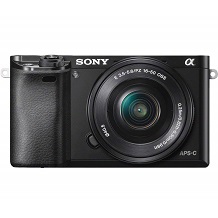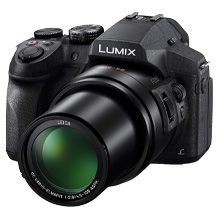Instant camera purchasing advice: how to choose the right product
- What you need to know
- Instant cameras output captured photos as prints after a short delay.
- There are digital and analogue models that develop images in different ways.
- Digital instant cameras allow you to print images from smartphones via memory cards and wireless connections.
- With analogue instant cameras, light-sensitive films are still exposed and developed in the camera.
- Compared to other digital or analogue cameras, instant cameras usually offer a limited range of functions.
Retro charm without waiting: the advantages of instant cameras
Having a photo in your hand immediately after taking it, being able to give it away or process it further – this has been possible with instant cameras for many years. In addition to analogue models, there are now also digital instant cameras that also store photos on a digital storage medium. This gives users the option of distributing pictures to guests at a party and uploading them to a cloud or the internet afterwards.
Instant cameras are very popular as fun cameras at weddings or birthdays. For example, pictures taken after outings can be pasted directly into a photo book or cut up for collages. Although instant cameras usually offer fewer adjustment options than, for example, professional digital cameras, many users appreciate the creation of a real, tactile photo. Developing a non-digital image, viewing it without a screen and archiving it in a photo book also brings a certain nostalgia factor.

How it works
The handling of instant cameras is extremely simple and allows even children or beginners to take pictures. Taking a picture with an instant camera basically works like with any other camera or smartphone. Users focus on a subject through a digital or optical viewfinder and press the shutter button.
On models with autofocus, the action in front of the lens is automatically focused before the picture is taken. However, many instant cameras use lenses with a fixed focus. On models with a manual focus, consumers must focus on the subject using a slider. Since instant cameras are not usually used for professional purposes due to their poor image quality, the setting options are limited.
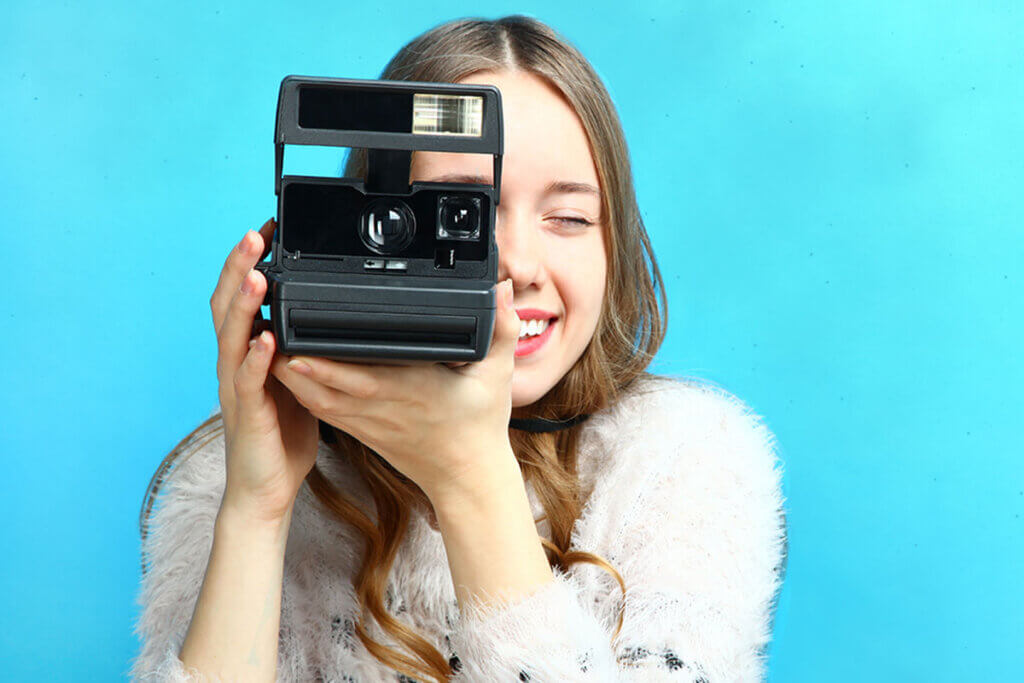
This means that the exposure time, white balance and aperture setting are adjusted to the respective exposure conditions by an automatic system. After taking the picture, you can view it immediately. Depending on the model, this is possible either digitally or analogue.
Techniques for creating the image
Manufacturers achieve the goal of outputting an image as a print from a camera immediately after taking the picture in various ways. Over time, three processes have become established that are still used by manufacturers of instant cameras today.
Rolled chemistry
Probably the best-known technique is the use of rolled chemistry, i.e. photographic paper that reacts to an incidence of light through chemical processes to produce an image. Among other things, this technique is used in Polaroid cameras. The well-known shaking of the image has become a phenomenon in pop culture over the years. However, it has not been proven that the shaking actually leads to an earlier appearance of the slowly growing stronger image. When exposed to strong light, Polaroid pictures can fade, but if they were stored under optimal conditions, their shelf life is well over 20 years.
Zero Ink with colour pigments
In addition to the rolled chemical process, the Polaroid company also invented the zinc process. Zinc stands for “zero-ink” and is based on photo paper mixed with colour pigments. The different coloured pigments are dissolved under the influence of heat and appear as colours on the paper. Since the process does not require direct light incidence through a lens, it can also be used in digital instant cameras. In addition to the use in cameras, there are also instant printers that work with the zero-ink process.
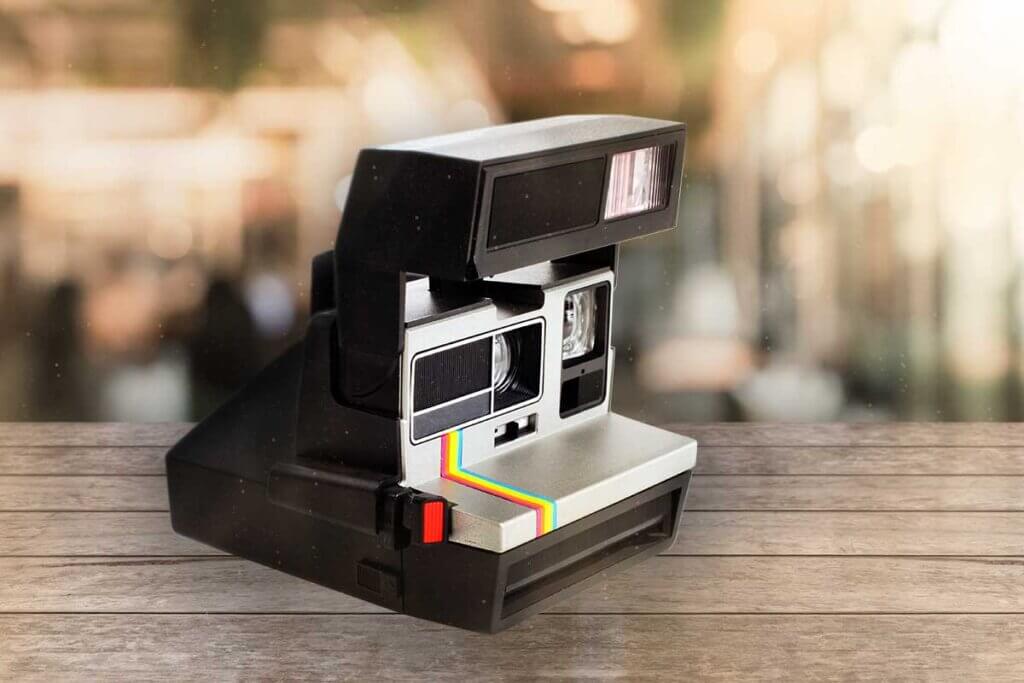
Dye-sublimation
As the name suggests, dye sublimation also uses temperature to create an image. Unlike the zinc process, however, the ink does not sit in the paper itself but on a carrier material, which in instant cameras is usually wax. When the substrate is heated, the dye evaporates and penetrates the paper.
Are analogue instant cameras obsolete?
Even though the technology used in instant cameras has been around for a long time, many current models exist. After all, neither users of digital nor analogue compact, system or SLR cameras have the advantage of holding an image directly in their hands after taking it. Moreover, many consumers appreciate the retro charm that comes with taking analogue pictures. The immutability of the images is also often a reason to buy. Unlike digital photos, you can no longer manipulate the developed images afterwards.
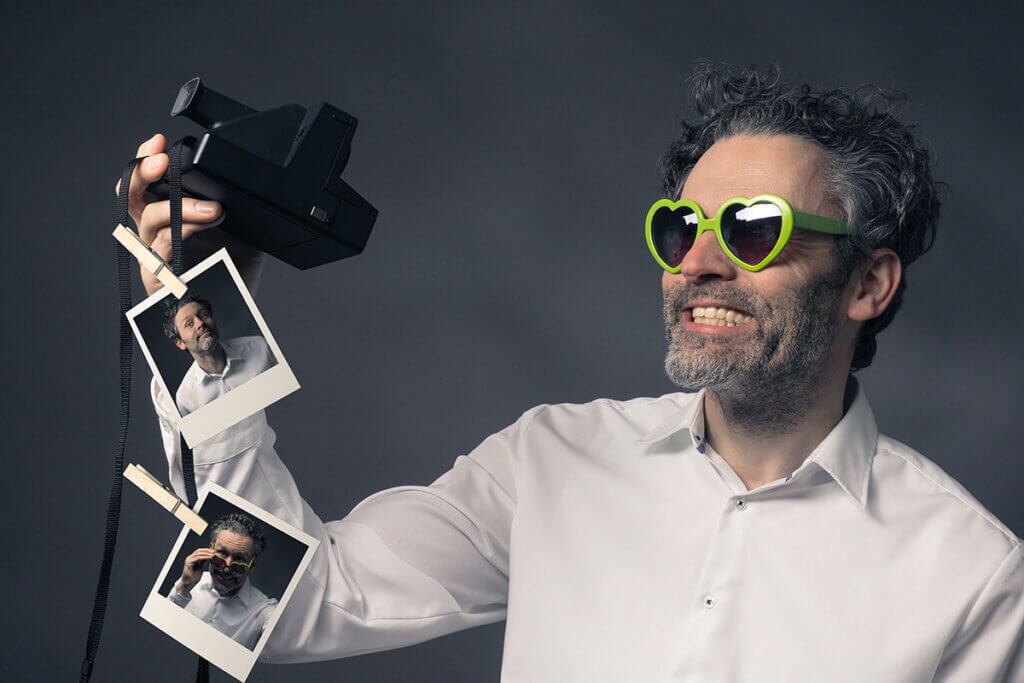
How digital instant cameras work
While analogue instant cameras have been around for many years, digital models have only just become established. Here, too, the methods already mentioned are used to create the photo, but the images are also stored digitally on a memory card. Some models also allow you to select the images to be developed after they have been taken. This reduces the risk of consumers wasting a photo blank on blurry or blurred shots.
Digital photos can be edited and printed elsewhere
Another advantage of digital photography is that the images can be optimised and manipulated before use. If a photographer wants to edit the images before developing them, it is worth looking for a photo printer that uses one of the above methods. When used, this works together with a smartphone or a digital memory card and thus enables direct output of the photos taken.

In addition to printers that work with chemical or physical processes, there are also classic pocket-sized photo printers. Here, an ink head prints on inserted paper and thus produces a digital printout.
Can photos be checked on a screen before output?
Digital cameras have the advantage that pictures appear on a screen after they have been taken. With analogue cameras, this is only possible after the pictures have been developed in a photo shop or in your own studio or – in the case of instant cameras – have been output directly. Instant cameras have always offered the possibility of viewing pictures directly after they have been taken. With digital instant cameras, this is possible via a screen and not only after a blank has been used for the recording. As with a digital camera or smartphone, you can select the images before they come out of the camera as developed shots.
Many users prefer the authenticity and immutability of instant analogue images. Basically, you have to expect higher follow-up costs when buying an instant camera compared to digital or analogue cameras. In addition, the models available on the market are quite large and clunky, as the material needed to take the pictures is located inside the camera.
Well-known brands
Polaroid | Fuji | Fujifilm | Instax | Kodak | Lomography | Onestep
What to look for when buying an instant camera
Even though there is a rather small number of techniques in instant photography, the models differ from each other in many ways. Besides the distinction between analogue and digital models, there are some differences in terms of image quality, speed of development or printing and handling of the camera.
Image quality and results
If you are looking for a camera with the best possible image quality, you might want to go for a conventional model. In terms of image quality, instant cameras are only partially convincing. Since users often use the cameras as fun cameras or to directly document events, the quality of the pictures is secondary for most users. As a result, the pictures are not very true to colour, have a rather low sharpness and can only be used to a limited extent for larger prints afterwards. With analogue instant cameras, there is also a high risk that images will show artefacts such as light spots or lose intensity over time.

Is the megapixel specification important for instant cameras?
The term megapixel describes the number of pixels on a digital photo sensor. In the case of digital cameras and smartphones, the number provides information about the resolution of the subsequent pictures and allows conclusions to be drawn about the quality of the pictures. The megapixel specification is not possible with analogue instant cameras and is also not relevant with digital models, as the prints are comparatively small anyway. Besides the quality of the photo development, the other components that a camera needs to take pictures are inferior compared to professional cameras. For example, the lens cannot be changed and the integrated lenses have a fixed focus or a fixed aperture. This limits the camera’s possibilities, but also makes taking pictures very easy. Instant cameras are therefore more suitable for taking snapshots and not for creating perfect shots.
Image size and photos
Since instant cameras allow you to process the photos immediately after taking them, you should pay attention to the format and size of the prints when choosing a camera. For example, the photos from a Polaroid camera have a white frame that is suitable for labelling the photos. Other models output borderless images, as known from conventional analogue photos.

Polaroid cameras are also characterised by their rather untypical image ratio of 1:1. This means that the pictures taken are just as wide as they are high. This is not the case with every instant camera; other models follow the conventional film format of 3:2.
Since the pictures always have to be processed in the camera itself, most photos are very handy and smaller than the conventional print size of 10 x 15 centimetres for the 3:2 picture format. Here again, you should consider for what further purpose you want to use the pictures.
Camera size and processing
The size of the photos has an impact on the size of the camera itself. The photo films are stored inside the camera and have to be exposed via a mechanism as well as pushed out of the camera body. So the bigger the photo of such a camera, the bigger the camera usually is. Together with an integrated lens and other components, most instant cameras do not fit into trouser pockets.
Battery
The battery required for Polaroid cameras is located in the blank itself. So-called Polapulse batteries are flat enough to fit inside the film and powerful enough to supply the camera with power. The battery life of Polaroid cameras always lasts as long as the number of pictures that can be taken. So you don’t have to worry about an empty battery with some instant cameras.
This is different with digital instant cameras because they use much more technology. However, manufacturers usually state the battery life and at the same time reveal which components are the biggest power guzzlers in the camera. Many components of instant cameras work mechanically; as a rule, the flash consumes the most power.
Flash, self-timer and other functions
With an integrated flash, analogue instant cameras increase the chances of success that all pictures of the inserted photo blank will be successful. For this reason, an integrated flash is advisable in most cases. If desired, it can be deactivated when taking pictures. Instant cameras do not usually offer the option of connecting an external flash.
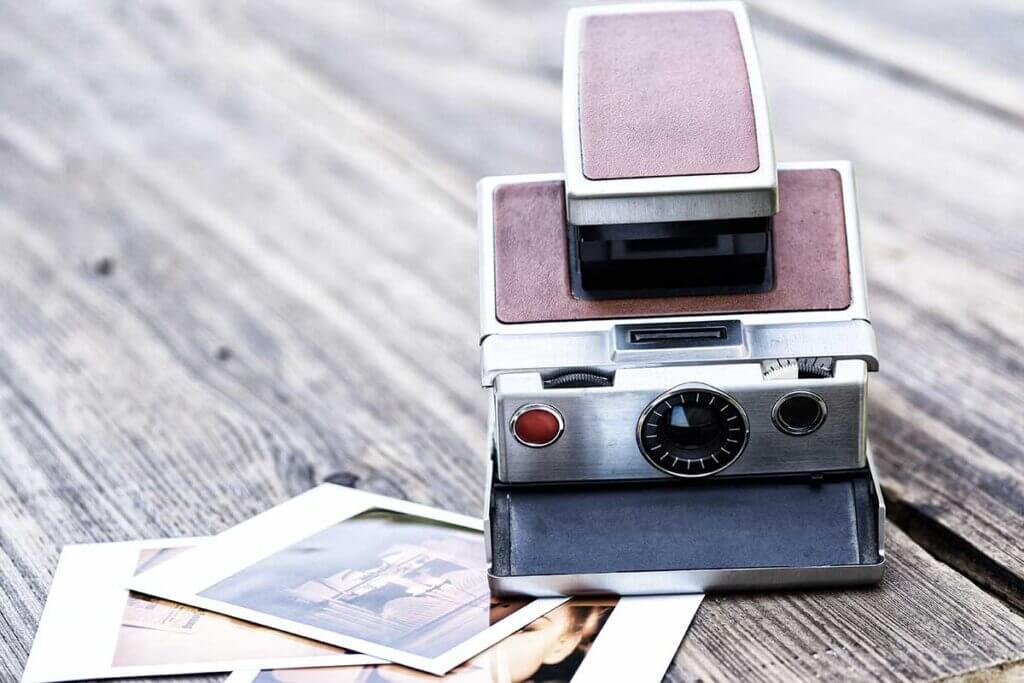
Other functions of instant cameras include self-timers or the possibility to start the shutter release via Bluetooth with the smartphone or via another wireless connection option. Here, the mobile phone acts as a remote control if the connected camera has its own lens and the ability to take photos. Alternatively, there are photo printers that communicate with the mobile phone via Bluetooth.
Photo printers for the smartphone
Portable photo printers also work with Bluetooth, but have no built-in camera components. This makes them dependent on a smartphone or digital camera to produce images. The advantage is that the image quality of an additional camera exceeds that of most instant cameras. In addition, you can select specific shots to develop.
Instant photo printers also work with films that already contain all the components needed to expose the photo. The manufacturer Canon uses ink for this that is already in the blank cartridge. This makes the cost of the corresponding films expensive, but consumers do not have to worry about wear and tear on print heads or empty ink. The portable pocket-sized photo printers have integrated rechargeable batteries.
Why are there no instant cameras in smartphones?
To develop the photos, an analogue instant camera needs films that rest in the housing. For this reason, the camera housings have to be a certain size and cannot be produced as compactly as digital cameras and smartphones. In the latter, manufacturers work with photo sensors that can be significantly smaller. However, an alternative is to buy a Bluetooth-enabled instant camera or a photo printer. This makes it possible to take photos and spontaneous selfies directly from the smartphone.
Filters and accessories
If consumers want to take particularly creative instant pictures, they should opt to buy filters with analogue models. Since no photo editing is possible with these models, colour or blur effects can still be achieved. In addition to filters, there are other accessories for instant cameras, including bags for established models or stickers that allow consumers to customise the cameras according to their preferences. However, the option to buy films from third-party suppliers is not available with most models.
Cost
Using instant cameras is quite expensive compared to conventional cameras, as most manufacturers rely on specially developed films to develop the images in the camera. With analogue models, the films cost between 10 and 15 euros. With the option of taking only 10 to 20 pictures, the cost of one shot is accordingly around one euro. Here, digital models are cheaper, which only require special photo paper to be inserted into the camera. The cost per picture is more affordable because more pictures can be taken with cheaper photo paper.
In addition, of course, there are the purchase costs for instant cameras. Prices start at under 100 euros and go up to over 300 euros for expensive models. Since the mechanics of analogue models are far simpler, these models are usually cheaper. In addition, there is a large second-hand market of old cameras that are still functional due to the simple technology.
Image 1: © jakkapan / stock.adobe.com | Image 2: © Studio KIVI / stock.adobe.com | Image 3: © DEEP PIXEL / stock.adobe.com & © Peter Atkins / stock.adobe.com | Image 4: © Andreas Berheide / stock.adobe.com | Image 5: © WavebreakMediaMicro / stock.adobe.com | Image 6: © deniskomarov / stock.adobe.com | Image 7: © PUNTOSTUDIOFOTO Lda / stock.adobe.com | Image 8: © Thomas Siepmann / stock.adobe.com

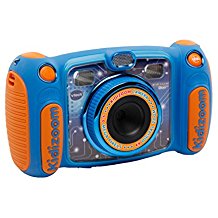
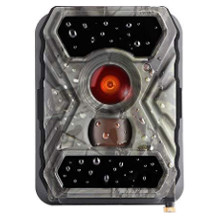
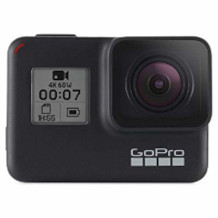
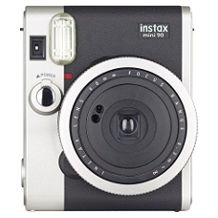
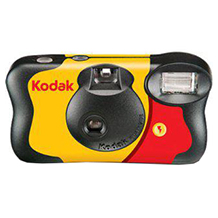


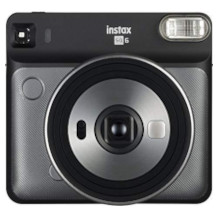
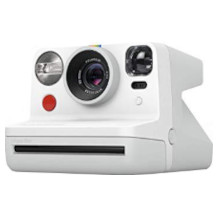
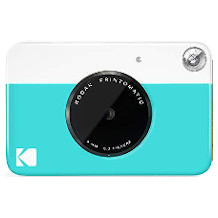
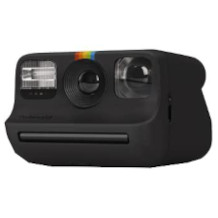
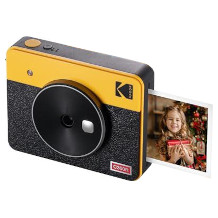
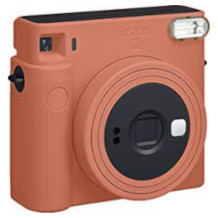
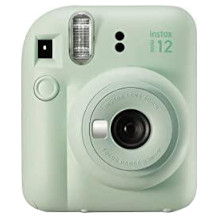
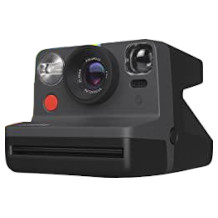
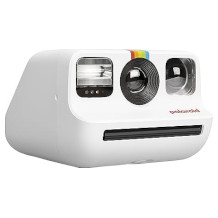
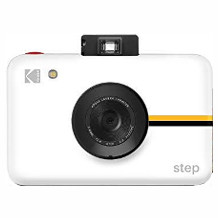
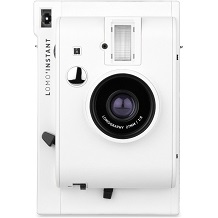
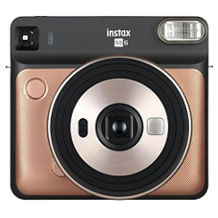
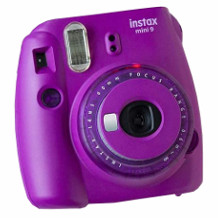
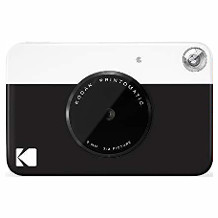

 3,055 reviews
3,055 reviews





